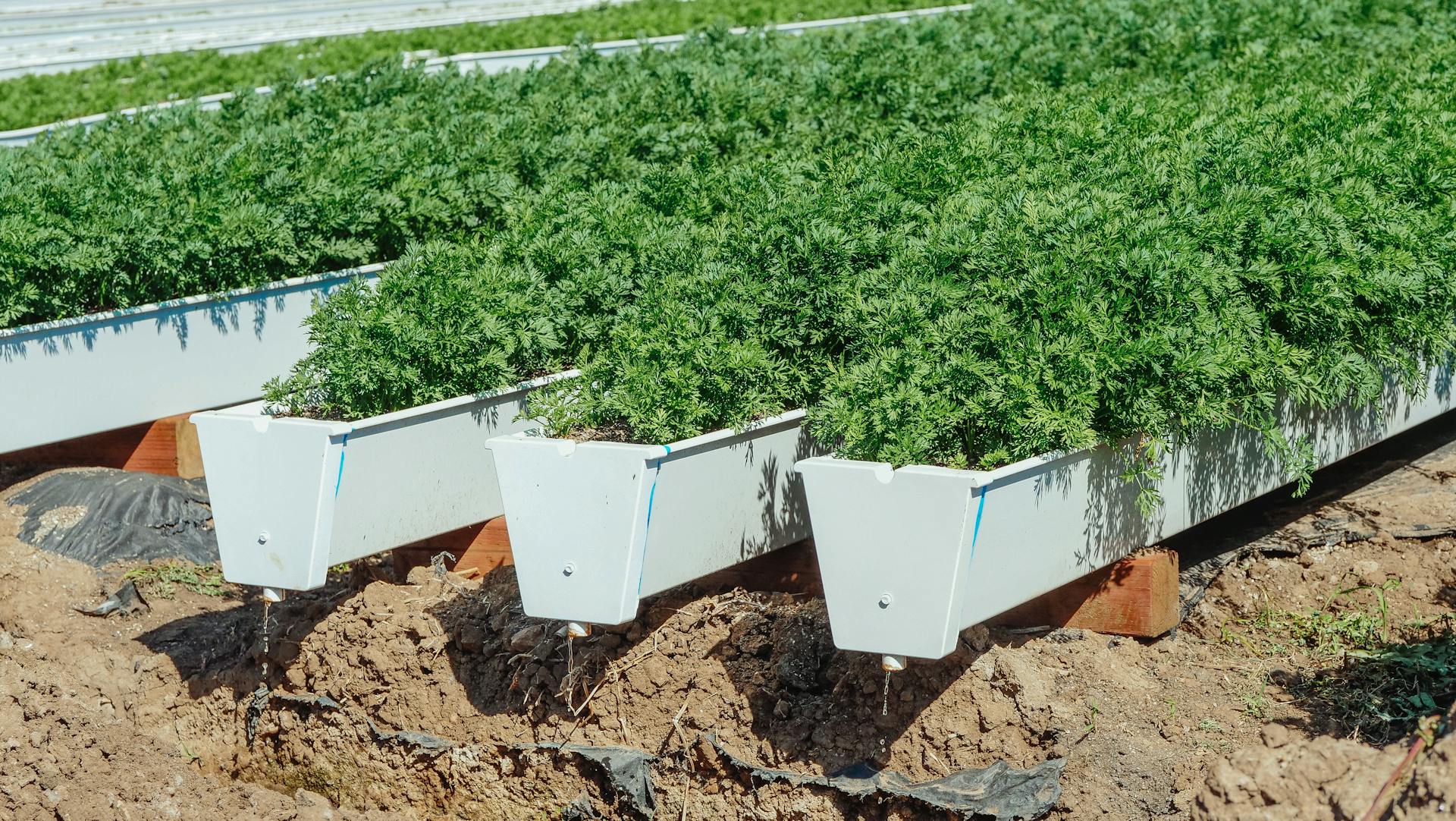Efficient water management is crucial for the success of any vegetable garden, particularly in the UK where weather conditions can be unpredictable. Designing a water-efficient drip irrigation system for your vegetable beds ensures that your plants receive the right amount of water at the right time, minimizing wastage and maximizing productivity. This guide will walk you through the key steps and considerations for setting up a drip irrigation system tailored to your garden’s needs.
Understanding Drip Irrigation and Its Benefits
When it comes to gardening, the method of irrigation you choose can drastically impact both the health of your plants and your water usage. Drip irrigation is a method that delivers water directly to the base of your plants through a network of pipes, tubing, and emitters. This targeted approach helps conserve water by minimizing evaporation and runoff, ensuring plants receive moisture precisely where it’s needed.
A voir aussi : How to Set Up and Maintain a Worm Composting System in a UK Flat?
Drip irrigation systems are particularly beneficial because they:
- Reduce water waste by delivering water directly to the plant roots.
- Minimize weed growth since water doesn’t spread across the entire soil surface.
- Promote healthier plants by maintaining consistent soil moisture levels.
- Save time spent on manual watering.
For UK gardeners, this type of watering system is ideal given the region’s mix of wet and dry spells. By automating and optimizing water delivery, you create a more resilient and productive vegetable garden.
A lire aussi : What Are the Optimal Conditions for Growing Blueberries in UK Acidic Soil?
Planning Your Drip Irrigation System
Before purchasing any equipment, it’s essential to plan how your drip irrigation system will be laid out. Proper planning ensures you purchase the right components and avoid the common pitfalls of over- or under-watering.
Assessing Your Garden Layout
Begin by sketching a detailed plan of your garden, including the locations of your raised beds and garden beds. This will help you determine the most efficient layout for your irrigation system. Consider the following factors:
- Size of each bed: Larger beds may require more complex setups.
- Plant types and spacing: Different plants have varying water needs.
- Slope and elevation: Water flows by gravity, so consider the natural contours of your garden.
Determining Water Requirements
Calculate how much water your plants need. This depends on factors such as plant type, growth stage, and soil type. Most vegetable plants require about 1-2 inches of water per week. You can estimate the flow rate of your system by considering:
- The number of emitters and their flow rates (usually measured in gallons per hour, GPH).
- The water source and its pressure.
Selecting the Right Components
Your drip irrigation system will consist of several key components:
- Mainline tubing: This is the backbone of your system, carrying water from the source to the distribution lines.
- Drip tubing and drip tape: These are the lines that actually deliver water to your plants.
- Emitters: These control the flow of water to each plant.
- Filters and pressure regulators: These ensure clean water and consistent pressure.
- Connectors and fittings: These join the different components together.
When selecting these components, choose quality materials that can withstand the UK’s varying weather conditions. UV-resistant tubing and durable fittings will ensure your system lasts longer and requires less maintenance.
Installing Your Drip Irrigation System
Once you have planned your system and gathered the necessary components, it’s time to install your drip irrigation setup. Follow these steps to ensure a smooth and efficient installation process.
Setting Up the Mainline Tubing
Start by laying out your mainline tubing from your water source to each of your raised beds or garden beds. Secure the tubing in place using garden stakes. Ensure that the tubing is laid out in a way that minimizes sharp bends, which can reduce water flow.
Connecting Drip Tubing or Drip Tape
Next, attach the drip tubing or drip tape to the mainline tubing using appropriate connectors. Lay the tubing along the rows of plants in your beds. For raised beds, you may want to use a garden grid pattern to ensure even water distribution.
Installing Emitters
Place emitters at the base of each plant. The type of emitter you choose will depend on the water needs of your plants. For example, use adjustable emitters for plants with varying water requirements and fixed emitters for uniform watering. Make sure the emitters are securely attached to the tubing.
Adding Filters and Pressure Regulators
Install a filter and pressure regulator near your water source. This will ensure that your system receives clean water at a consistent pressure, preventing clogs and maintaining optimal flow rates.
Testing the System
Before burying any tubing, turn on the water to test your system. Check for leaks, clogs, and ensure that all emitters are functioning correctly. Adjust the placement of emitters if necessary to ensure even water distribution across all plants.
Maintaining Your Drip Irrigation System
A well-maintained drip irrigation system can last for many years, providing your garden with consistent and efficient watering. Regular maintenance is key to ensuring your system’s longevity and effectiveness.
Regular Inspections
Conduct regular checks of your system to identify any issues early on. Inspect the tubing for leaks, blockages, or wear and tear. Also, ensure that emitters are not clogged and are delivering water at the correct flow rate.
Seasonal Adjustments
Adjust your watering schedules based on the season. During the growing season, your plants may require more water, while in the cooler months, you can reduce watering frequency. If you live in an area with freezing temperatures, make sure to drain and store your system to prevent damage from frost.
Cleaning and Replacing Components
Periodically clean the filters and replace worn-out components. This will prevent clogs and ensure smooth operation. If you notice any persistent issues with your system, it may be necessary to replace certain parts.
Tips for Maximizing Water Efficiency
Optimizing water usage not only benefits your plants but also conserves a precious resource. Here are some tips to maximize the efficiency of your drip irrigation system.
Mulching
Mulching around your plants helps retain soil moisture and reduce evaporation. Organic mulches such as straw, wood chips, or compost are particularly effective.
Using a Timer
A timer can automate your watering system, ensuring your plants receive water at the optimal times of day. Early morning or late evening is typically best, as this reduces evaporation.
Grouping Plants by Water Needs
Group plants with similar water requirements together. This allows you to tailor your irrigation system to meet the specific needs of different plant groups, preventing over- or under-watering.
Designing a water-efficient drip irrigation system for your UK vegetable beds is a valuable investment. By following the steps outlined in this guide, you can create a system that conserves water, supports healthy plant growth, and saves you time and effort. A well-planned and maintained drip irrigation setup ensures that your vegetable garden thrives, regardless of the weather conditions. Remember, the key to a successful garden lies in consistent and efficient watering. Happy gardening!











